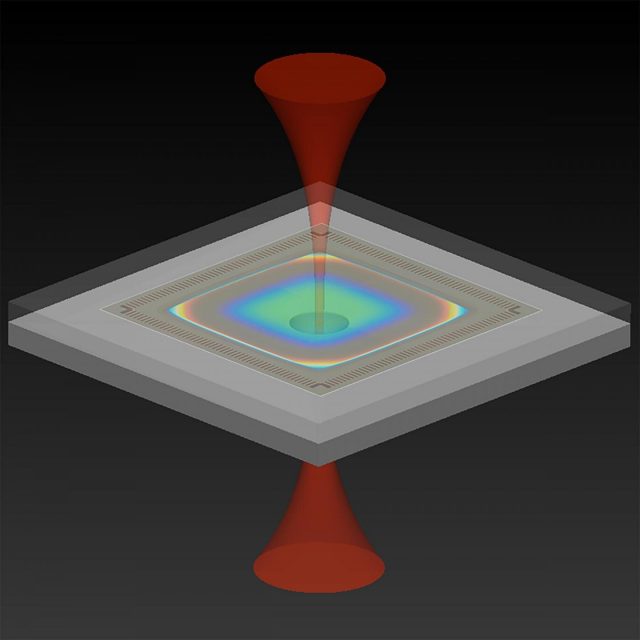Photosynthetic organisms harvest light from the sun to produce the energy they need to survive. A new paper published by University of Chicago researchers reveals their secret: exploiting quantum mechanics.
"Before this study, the scientific community saw quantum signatures generated in biological systems and...
"You see, nature is unpredictable. How do you expect to predict it with a computer?" said American physicist Richard Feynman before computer scientists at a conference in 1981.
Forty years later, Purdue University engineers are building the kind of system...
Since the early 2010s, ultrafast probing of materials at atomic-level resolution has been enabled by terahertz scanning tunneling microscopes (THz-STM). But these devices can't detect the dissipation of energy that happens during events such as when photons are emitted...
When physicists need to understand the quantum mechanics that describe how atomic clocks work, how your magnet sticks to your refrigerator or how particles flow through a superconductor, they use quantum field theories.
When they work through problems in quantum...
If travel to distant stars within an individual's lifetime is going to be possible, a means of faster-than-light propulsion will have to be found. To date, even recent research about superluminal (faster-than-light) transport based on Einstein's theory of general...
When it comes to microelectronics, there is one chemical element like no other: silicon, the workhorse of the transistor technology that drives our information society. The countless electronic devices we use in everyday life are a testament to how...
You're going at the speed limit down a two-lane road when a car barrels out of a driveway on your right. You slam on the brakes, and within a fraction of a second of the impact an airbag inflates,...
Researchers have developed a new quantum version of a 150-year-old thermodynamical thought experiment that could pave the way for the development of quantum heat engines.
Mathematicians from the University of Nottingham have applied new quantum theory to the Gibbs paradox...
A new path toward sending and receiving information with single photons of light has been discovered by an international team of researchers led by the University of Michigan.
Their experiment demonstrated the possibility of using an effect known as nonlinearity...
Lawrence Livermore National Laboratory (LLNL) scientists have achieved a near 100 percent increase in the amount of antimatter created in the laboratory.
Using targets with micro-structures on the laser interface, the team shot a high-intensity laser through them and saw...
A team led by Vanderbilt engineers has achieved the ability to transmit two different types of optical signals across a single chip at the same time.
The breakthrough heralds a potentially dramatic increase in the volume of data a silicon...















